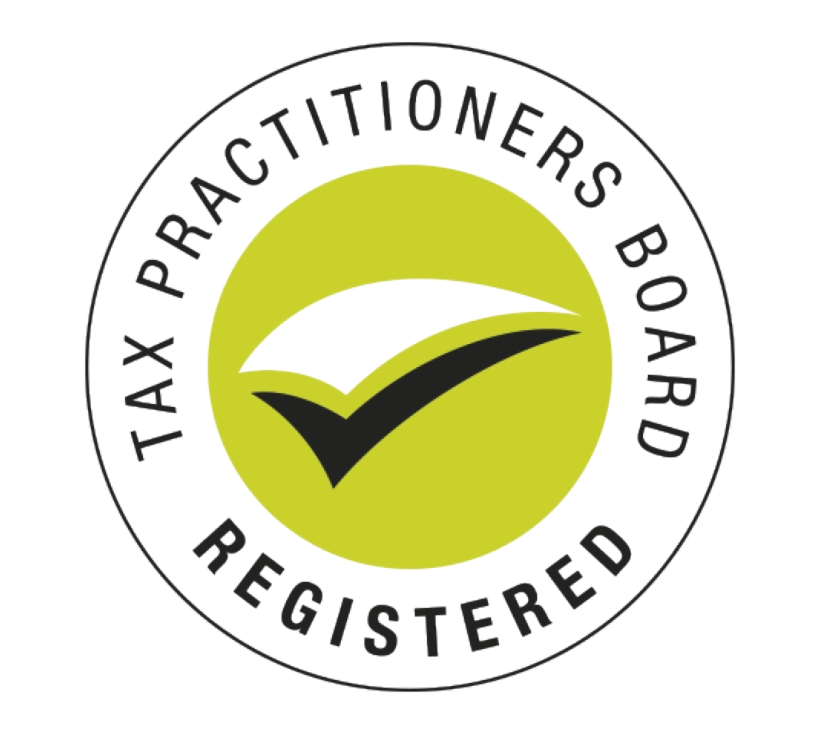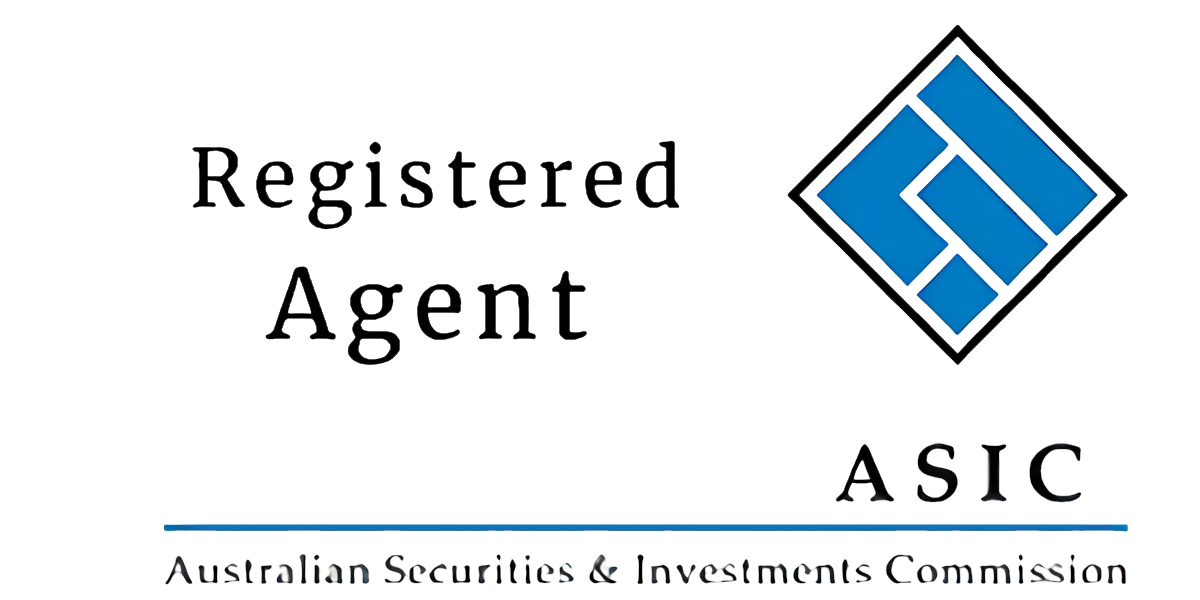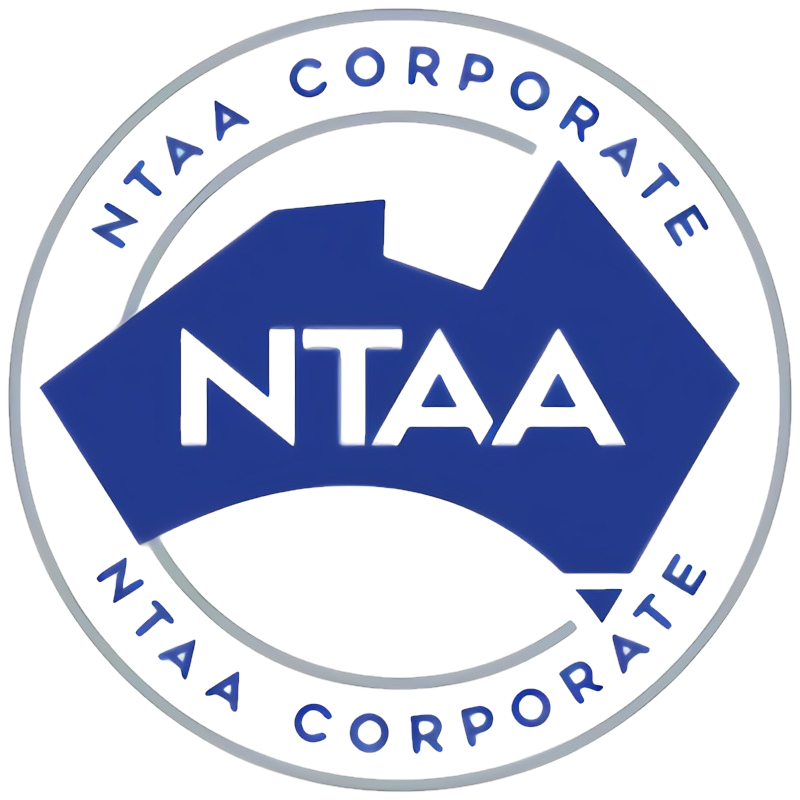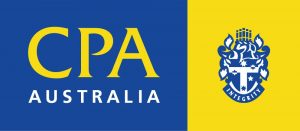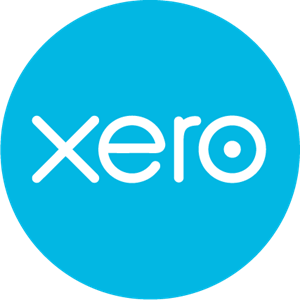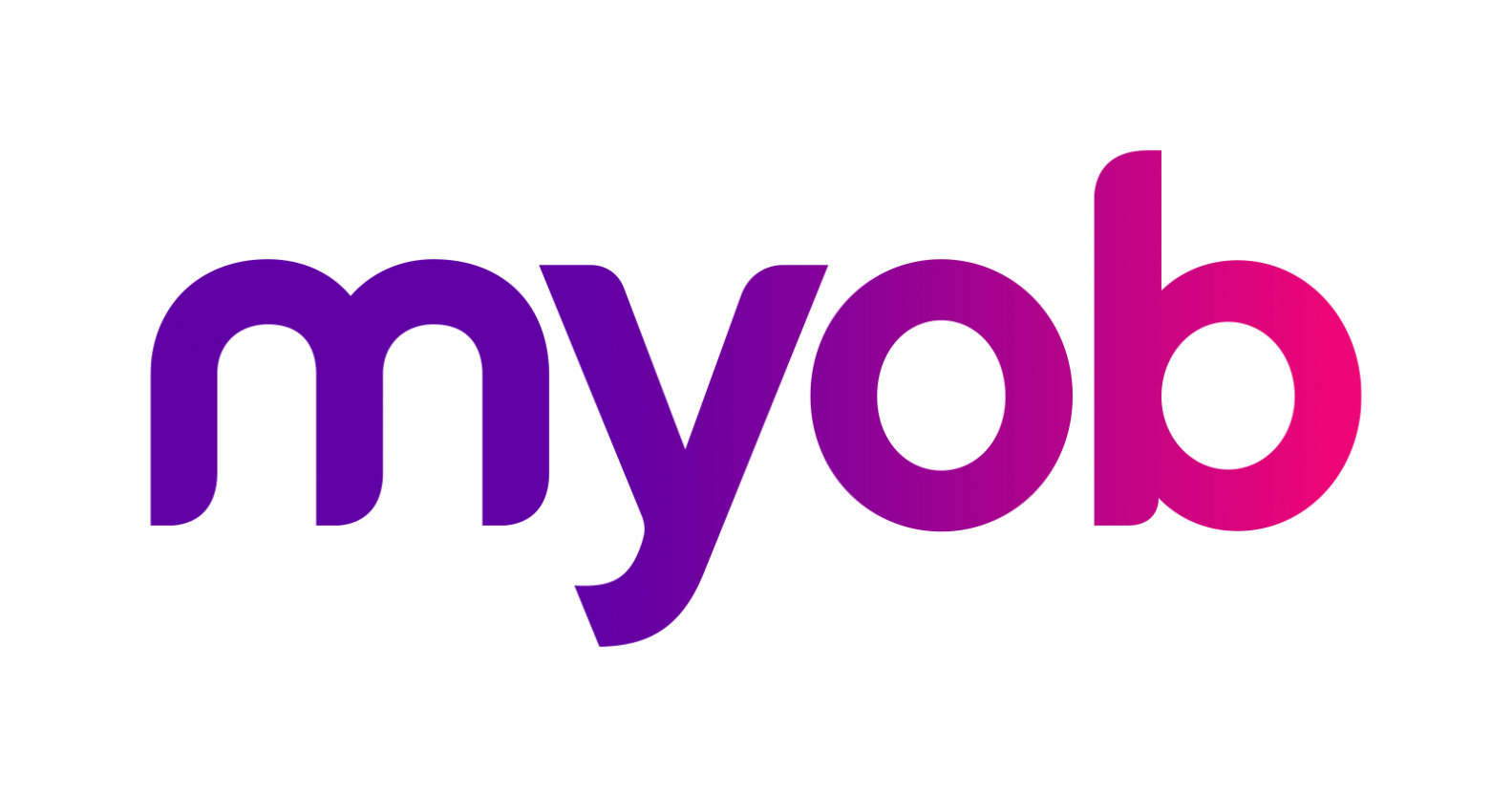How to apply for super held by the ATO online or by using the paper application form (NAT 74880).
Manage your super online
You can manage your super using our online services. This includes applying for your ATO-held super money and uploading supporting documents.
To use our online services, you need to create a myGov account and link to the ATO. For more information, see Keeping track of your super.
Eligibility criteria
You can only apply for a payment of your super held by us if you meet at least one of the eligibility criteria outlined in the tables below. If you apply using ATO online services, in most instances we will automatically work out if you are eligible.
Depending on your circumstances, some eligibility criteria allow you to withdraw your ATO-held super without supporting documentation.
Where supporting documentation is required, you’ll need to provide copies of relevant documents to support your application:
- copies of Australian identification documents – such as a passport, birth certificate and driver’s licence don’t require certification
- copies of all other original documents must be certified by an authorised person (see Certification of documents).
Once we have your application and supporting documents, we’ll determine which ATO-held super amounts we can pay you.
If you don’t meet the eligibility requirements, you cannot withdraw your ATO-held super. However, you can transfer your account balance to a complying super fund or retirement savings account. This can be done using our online services. If you can’t access our online services, contact us to discuss your options.
ATO-held monies may include:
- unclaimed super money (USM)
- superannuation holding account (SHA) special account
- super guarantee (SG)
- low-income super contributions (LISC) until 30 June 2017
- low-income super tax offset (LISTO) from 1 July 2017
- super co-contributions (Co-cons).
Eligibility – without documentation
65 years old or older
You can withdraw USM, SHA special account and SG credits held by us.
Temporary resident
You can withdraw super from SHA special account, USM and SG accounts if you have met relevant eligibility requirements.
The visa information you provide may be checked against information held by the Department of Home Affairs. Your application may take longer to process if your information does not match the information held by them.
Non-member spouse
You can withdraw USM if the amount relates specifically to credit arising from a splittable non-member spouse payment (split in accordance with a splitting agreement or splitting order).
Note: The ability to make a claim as a non-member spouse does not guarantee eligibility.
USM related to non-member spouses is generally from deceased estates – see Proof of identity or authority for third-party applicants.
Amounts less than $200
You can withdraw USM if the account balance just prior to withdrawal is less than $200.
If you have SHA special account credit, you may be able to withdraw it – see Eligibility with documentation.
Inactive account for 10 consecutive financial years
You can withdraw SHA special account inactive credit held by us.
Retired at preservation age with no active eligible super account
You can withdraw Co-cons, LISC and LISTO credits held by us.
Eligibility – with documentation
Retiring due to permanent incapacity or invalidity, or disability
You can withdraw Co-cons, LISC, LISTO, SHA special account and SG if you provide the following documentation:
- evidence that you are no longer in employment and the employment stopped because of the disability
- certificates from 2 registered medical practitioners, stating that your disability is likely to result in you being unable ever to be employed in a capacity to which you were reasonably qualified because of your education, training or experience.
Note: One certificate signed by 2 registered medical practitioners is sufficient.
Receiving Australian Government income support payments
This excludes Austudy payments or Youth Allowance to a person who is undertaking full-time study.
You can withdraw SHA special account if you provide one of the following:
- written evidence from the department or agency that administers your payments, showing you have received payments for a continuous period of 26 weeks and are still receiving the payment at the time of this application
- written evidence from the department or agency that administers your payments, showing you have received payments for at least 39 weeks since you turned 55 years old. Payments can be for one continuous period of at least 39 weeks or a number of periods that add up to at least 39 weeks.
Note: One example of an acceptable document is a Q230 letter from Services Australia.
Withdrawing amounts under $200
You can withdraw SHA special account if you have ceased employment with all depositors and you provide one of the following for each former employer who deposited amounts on your behalf in SHA special account, or paid the Commissioner of Taxation an amount of SG shortfall that was deposited into the SHA special account:
- a letter from the employer, stating your employment has terminated
- a statement of termination payment
- a payment summary showing an employment termination payment
- an Employment Separation Certificate from Centrelink
- alternatively, a statutory declaration stating your employment has been terminated.
Note: The withdrawal of an account balance of less than $200 is only allowed if your SHA special account balance is not attributable to amounts of Co-cons, LISC and LISTO.
55 years old or older and a non-resident
You can withdraw SHA special account if you are not in employment or employed but the duties are performed wholly or principally outside Australia and you provide one of the following:
- a statutory declaration from you or your overseas employer
- a copy of your visa
- proof of overseas residency (a lease or proof of purchase of property)
- a copy of proof that your Australian property has been sold or is being leased on a long-term basis.
Diagnosed with a terminal medical condition
You can withdraw ATO-held super money if you have a terminal medical condition. This provision applies if:
- 2 registered medical practitioners have certified, jointly or separately, that you suffer from an illness or injury likely to result in death within a period (certification period) no more than 24 months after the date of the certification
- at least one of the registered medical practitioners is a specialist practising in an area related to your illness or injury
- the certification period for each of the certificates has not ended.
Note: One certificate signed by 2 registered medical practitioners is sufficient.
ATO-held super for temporary residents
Temporary residents can use our departing Australia superannuation payment (DASP)External Link online application system to claim ATO-held super after leaving Australia.
The DASP online application system also allows you, or your authorised intermediary, to:
- view your super accounts reported to us if you provide your TFN
- apply for your ATO-held super.
If you’re not able to lodge online, use the Application for payment of ATO-held superannuation money (NAT 74880, PDF 260KB).
To claim your DASP, you must meet the eligibility requirements.
ATO-held USM for New Zealand residents
Changes to the law in December 2020 mean that if you have permanently emigrated to New Zealand (or are a New Zealand citizen) who worked in Australia and received super, you may be eligible to transfer your ATO-held USM to a New Zealand KiwiSaver scheme or have it directly paid to yourself.
Currently, applications can only be made by completing the paper form and posting it to us.
Proof of identity or authority for third-party applicants
If you wish to claim super held by the ATO on behalf of the account holder, you must provide certified copies of the documents listed in the table below as proof of authority or proof of identity with your application.
We may contact you for more information so we can assess whether payment of the ATO-held super can be made to you.
The Commissioner is required by law to pay unclaimed super amounts owed to a deceased person or beneficiary named under a valid binding death nomination. If there is no valid nomination, the super must be paid to the person’s legal personal representative.
Note: Assessment of a third-party claim in a deceased estate matter may be delayed while we seek information from super funds regarding the account holder’s nomination of beneficiaries.
Eligibility and documentation to support third-party claims
Account holder is deceased
If the ATO has formal notification of death from Births, Deaths and Marriages, a copy of the death certificate will not be required.
Legal personal representative
A legal personal representative is an executor or administrator with an Australian grant of probate or letters of administration. You need to provide the death certificate, plus one of the following documents:
- probate
- letters of administration
- notice of public trustee.
Other third parties
We may not be able to disclose information or release super in the absence of probate or letters of administration.
Executor without an Australian grant
If you are the executor but do not have an Australian grant of probate or letters of administration, you need to provide all of the following:
- the death certificate
- a copy of the will (where it notifies appointment of an executor)
- documentation outlining the reason why probate of letters of administration is not being sought (including any equivalent court document if granted in a foreign jurisdiction).
Family member
If you are a family member of the deceased, you need to provide both of the following:
- the death certificate
- documentation proving that you have authority to act on behalf of the deceased estate or have taken on this role.
Potential beneficiary
If you are a potential beneficiary, you need to provide:
- the death certificate
- documentation identifying other potential beneficiaries and their relationship to the deceased, and
- one or both of the following, whichever is applicable
- a binding death nomination letter, with the expiry date, from the super fund
- a letter from the super fund confirming your entitlement as a beneficiary.
Other
This includes authorised agents or an intermediary for a temporary resident who is not deceased.
Provide a copy of one of the following documents to prove your authority to act on behalf of the account holder:
- power of attorney
- notice of public trustee
- notice of appointment of a representative
- any other formal notice or legal document that states your authority to act on behalf of the account holder.
Proof of identity
Note: Do not send originals and do not use pins or staples
You must provide a copy of one of the following documents listed below to prove your identity, except if you are acting for a public trustee:
- current Australian drivers licence issued under state or territory law
- current Australian passport
- current overseas passport
- birth certificate or birth extract
- citizenship certificate issued by the Australian Government
- citizenship certificate issued by the New Zealand Government
- pensioner concession card issued by Centrelink that entitles you to financial benefits.
Certification of documents
Note: Do not send originals and do not use pins or staples.
Copies of Australian identification documents such as a passport, birth certificate and Australian driver’s license do not require certification.
You must have copies of all other original documents certified by an authorised person from the list below.
The authorised person certifying your documents must sight the originals and certify on the copies that each page is a true copy by writing or stamping ‘certified true copy’, followed by:
- their signature
- their printed name
- their qualification (for example, Justice of the Peace)
- the date.
In Australia, you can have copies of your documents certified by a:
- barrister
- solicitor
- doctor
- judge
- Justice of the Peace
- minister of religion (who is authorised to celebrate marriages)
- police officer
- bank, building society or credit union officer with at least 5 years of service
- sheriff’s officer
- Commissioner for Declarations (Queensland)
- Commissioner for Oaths (Northern Territory)
- Commissioner for Declarations (Tasmania).
In Australia, if the original document is not written in English, you must have an approved translation service (for example, the Department of Home Affairs, an appropriate embassy or professional translation service) provide you with an official true and correct written translation of the document. You must then provide a certified copy of the written translation.
If you are outside Australia, you can have copies of your documents certified by staff at an Australian:
- high commission
- consulate.
If you are outside Australia and none of the above are available to certify a document, we may consider other forms of certification on a case-by-case basis. For more information about certification of documents, see Copies of identity documents for applicants outside Australia.
The following people are authorised to certify your identity documents outside Australia:
- notary publics
- Justice of the Peace
- judge of a court
- registrar or deputy registrar of a court.
If you’ve changed your name
If you have changed your name, you need to provide proof, for example, a marriage certificate, deed poll or change of name certificate from the Births, Deaths and Marriages Registration Office of an Australian state or territory or equivalent in your country.
Former temporary residents must provide certified copies of documentation to verify a name change if their name has changed from what was listed on their passports or visas.
Aboriginal and Torres Strait Islander people
For information regarding specific alternative identification requirements for third-party applicants, phone the Indigenous Helpline on 13 10 30 (8:00 am to 6:00 pm, Monday to Friday, except public holidays).
For more information and other phone services, contact us.
Paper application
Completing the paper application
If you are eligible to apply for ATO-held super but can’t apply via our online services, complete the paper application and return it to us. This form may take some time for us to process.
- Download this form – Application for payment of ATO-held superannuation money (NAT 74880, PDF 260KB).
- If you are applying for payment of super held for a deceased person, you need to include this coversheet with the main application – Application for payment of ATO-held superannuation money for a deceased person cover sheet (NAT 75530, PDF 227KB).
- For copies of our publications and forms, phone our publications ordering service on 1300 720 092.
Note: Do not send original supporting documentation and do not use pins or staples on a paper form.
How to lodge your application
Keep a copy of this paper application for your records and send the original, together with copies of your supporting documents to us at:
Australian Taxation Office
PO Box 3578
ALBURY NSW 2640
More information
For more information about ATO-held super:
- see ATO-held super
- for details about the personal information we collect from you, see Privacy notice – Direct payment from the superannuation holding accounts special Account
- contact us by phone
- on 13 10 20 between 8:00 am and 6:00 pm, Monday to Friday if you are in Australia
- on +61 2 6216 1111 between 8:00 am and 5:00 pm, Monday to Friday (Australian Eastern Standard Time or Eastern Daylight Saving Time) and ask to speak to superannuation enquiries if you are outside Australia
- translating and interpreting service – if you do not speak English well and need our help, phone the Translating and Interpreting Service on 13 14 50 or if you are calling from overseas, phone +61 3 9268 8332 and ask for help to speak to ATO superannuation enquiries
- if you are deaf or have a hearing or speech impairment and have access to the appropriate TTY or modem equipment, contact the National Relay Service on 13 36 77, then ask for ATO superannuation enquiries on 13 10 20 – for more information, go to AccesshubExternal Link.
Ref: ATO
Please contact Wiselink Accountants if you require further information



